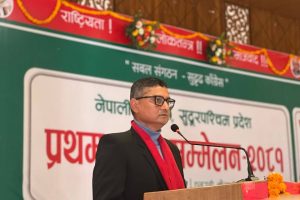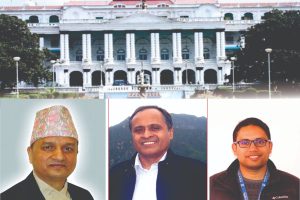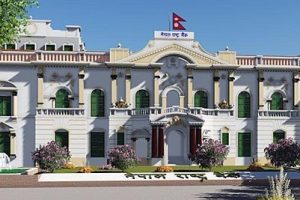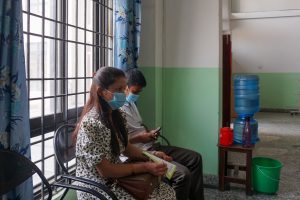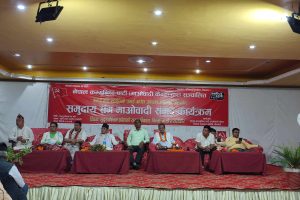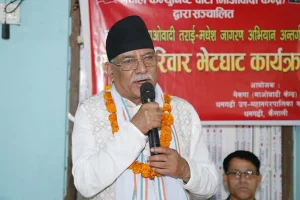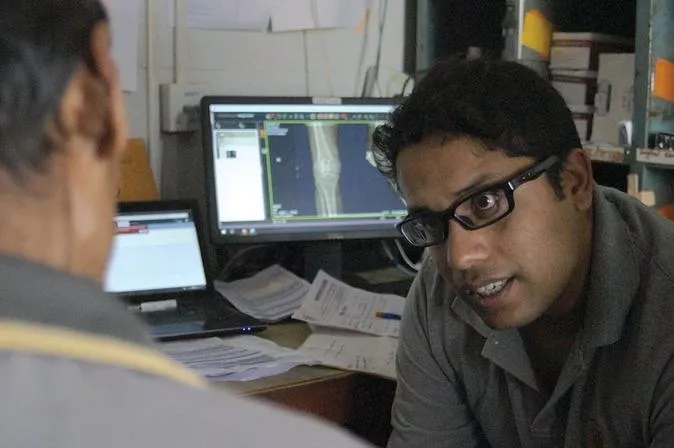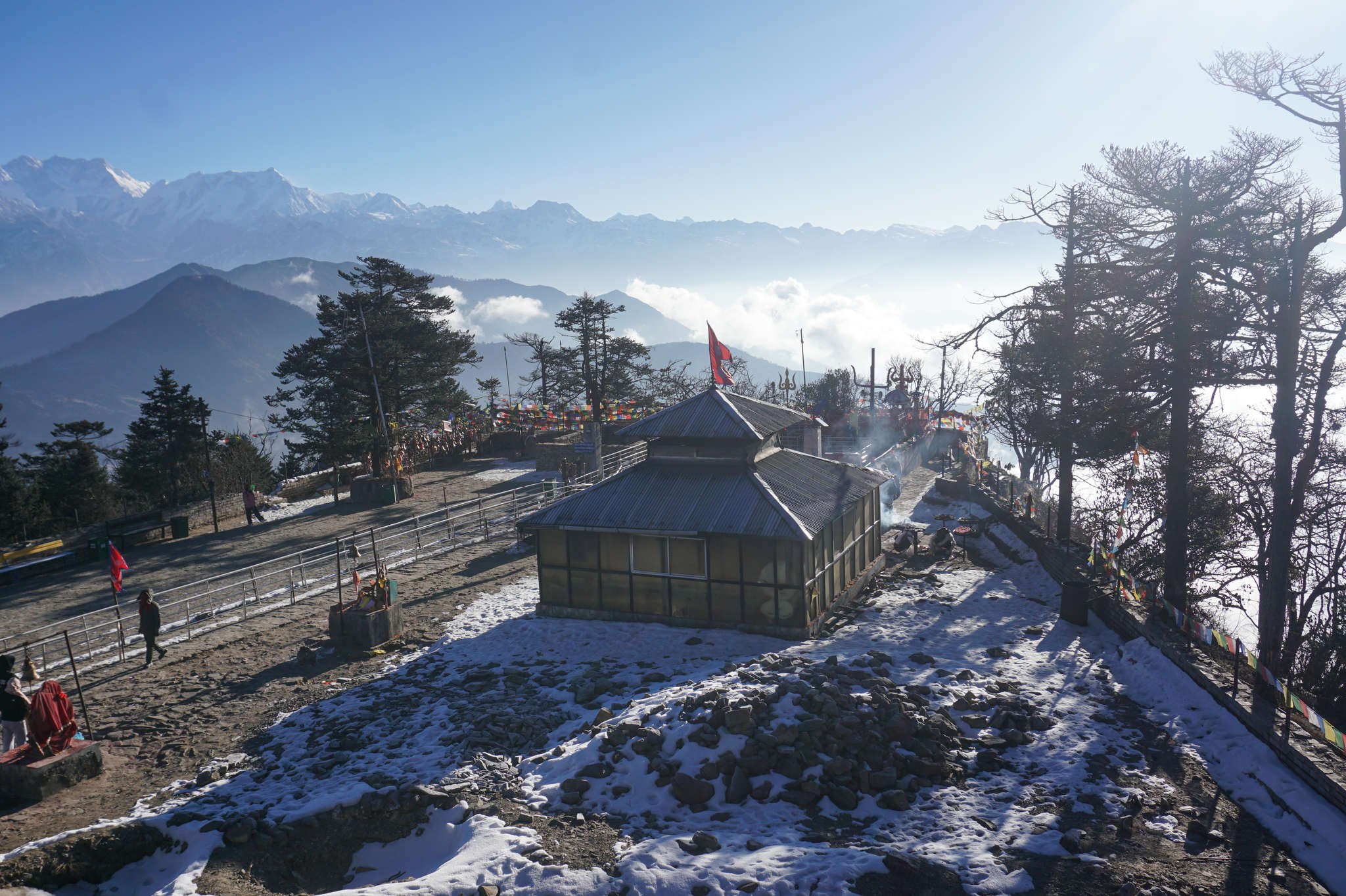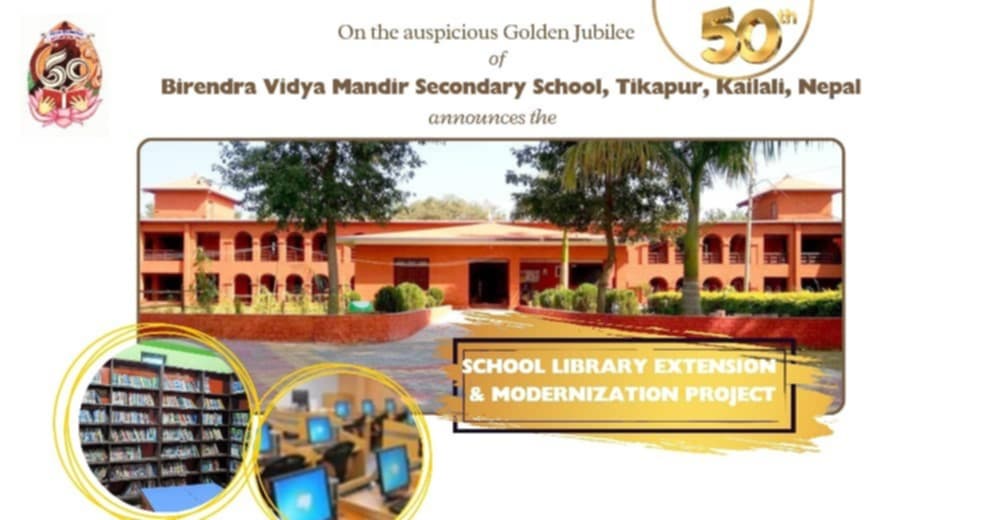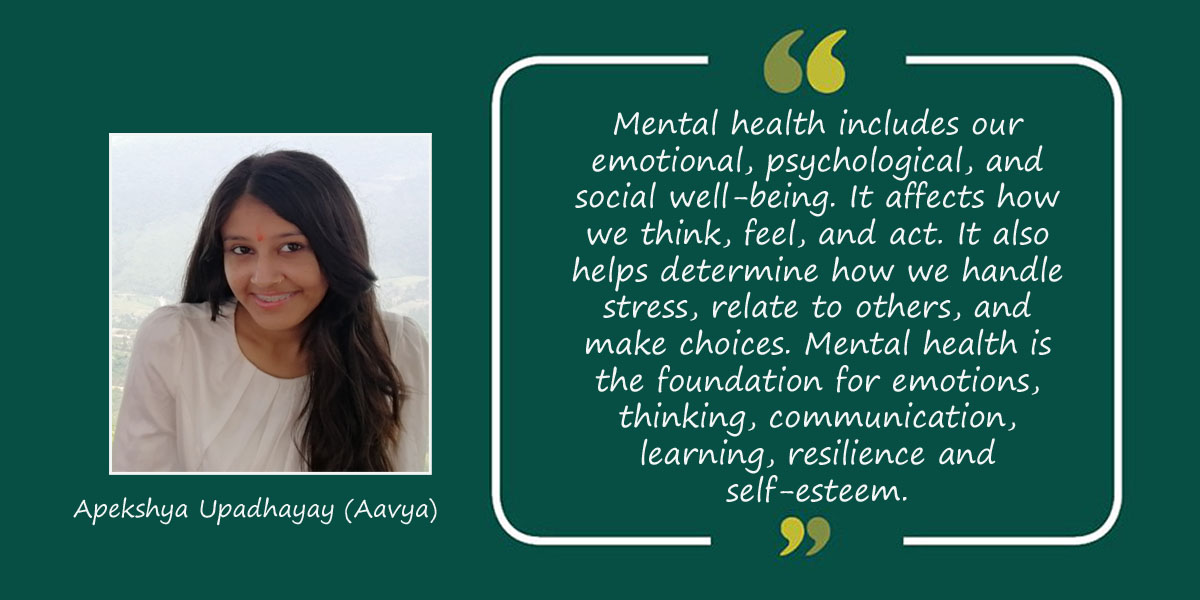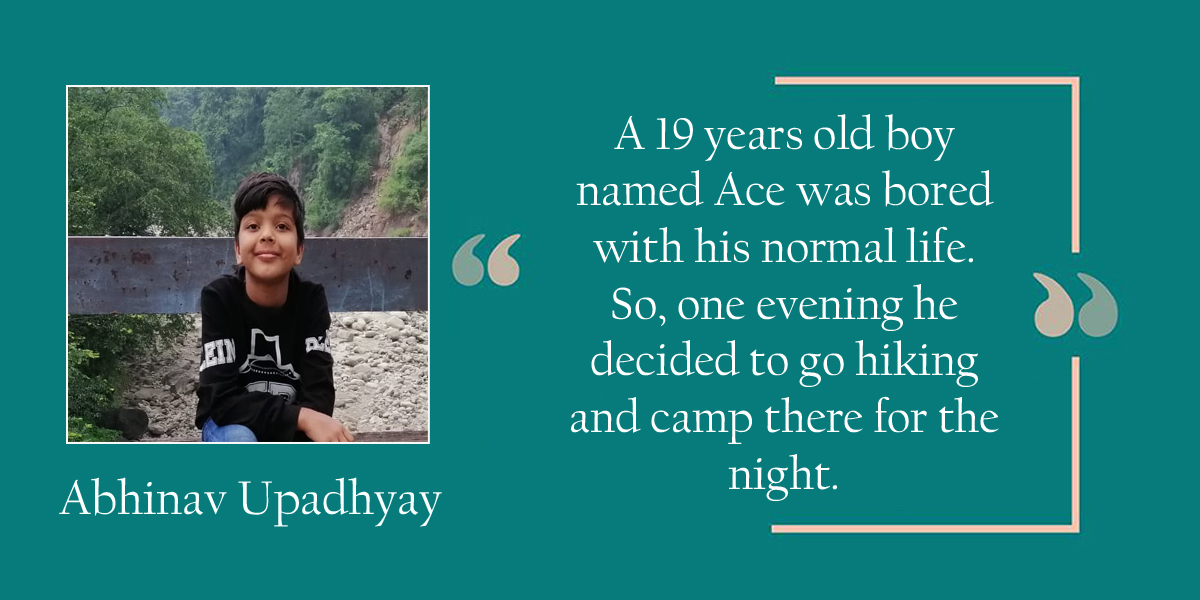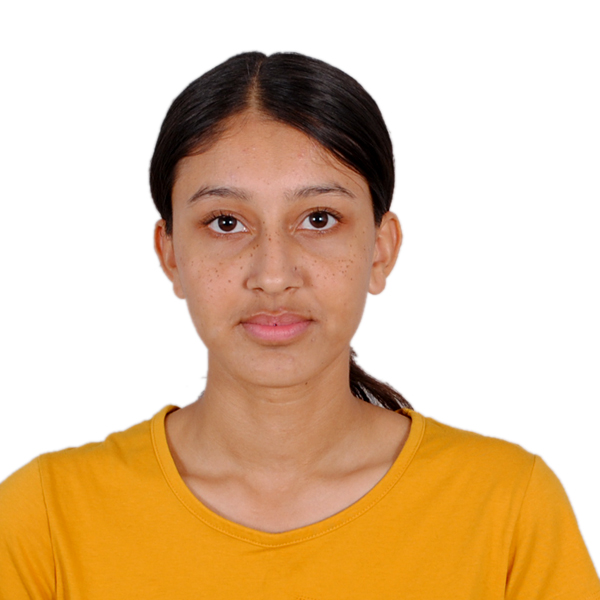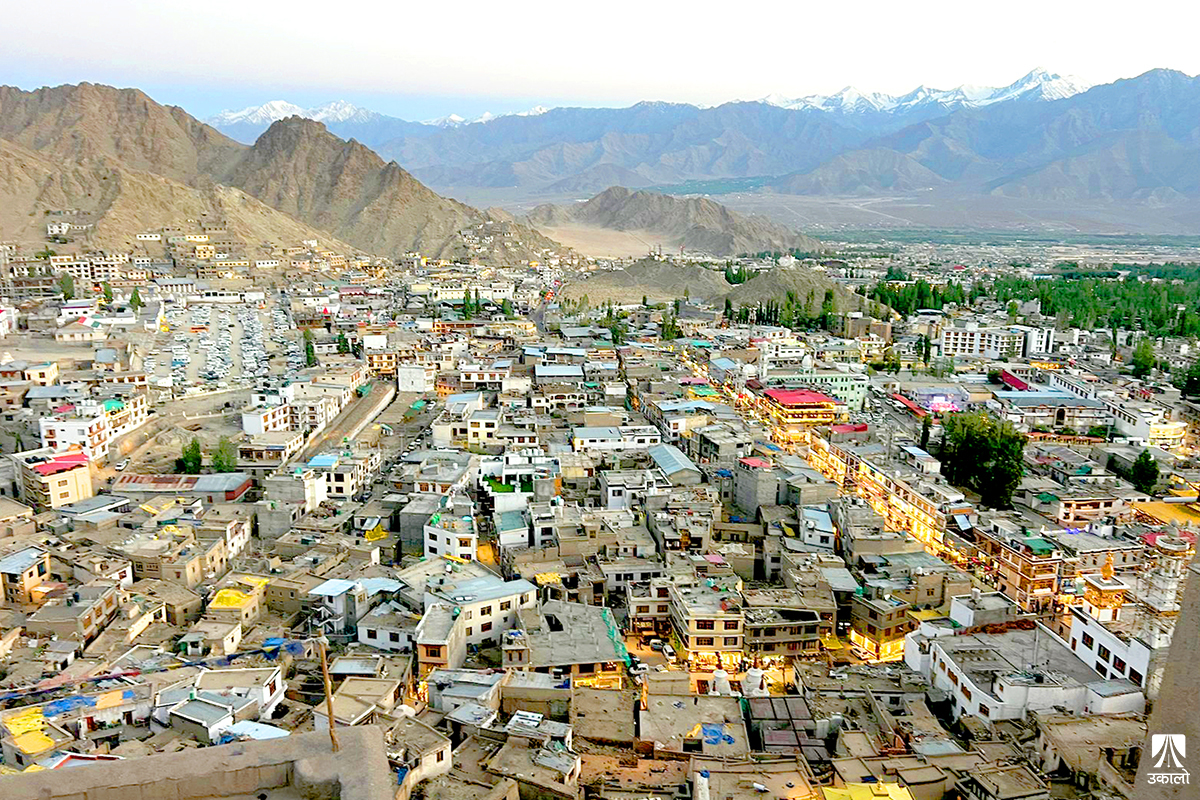Nepali Migrant Workers Face an Infertility Crisis
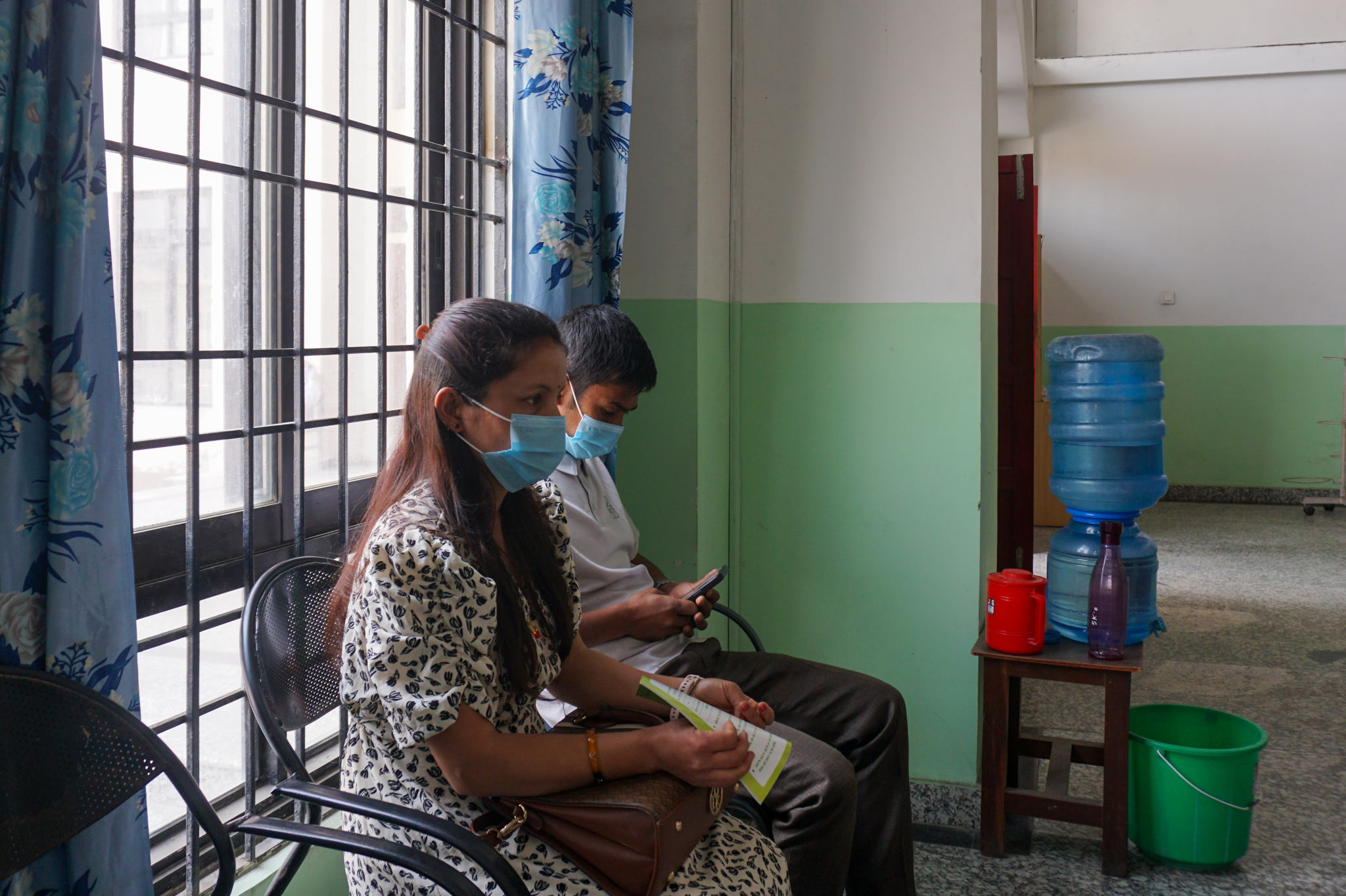
Bharati and his wife, Chaulagain, wait anxiously at the infertility unit at Paropakar Maternity and Women’s Hospital in Kathmandu. After working for a decade painting skyscrapers in Qatar, Bharati was diagnosed with low sperm count, a condition increasingly linked to long-term heat exposure among Nepali migrant workers in the Gulf.
KATHMANDU, NEPAL — At 18, Bharati left Nepal’s Kavrepalanchok district dreaming of one thing: to send his future children to top boarding schools in the country.
Pursuing this vision, he found himself suspended from the gleaming skyscrapers of Qatar, his body swinging as he hauled paint buckets weighing up to 30 kilograms (66 pounds), for 12 hours daily, for 900 Qatari riyals (US$247.25) a month.
Bharati, who requested only his last name be used for fear of stigma, endured a decade of this work in Qatar’s merciless heat.
Now, at age 29, Bharati and his wife sit anxiously in the hallway outside the infertility unit of Kathmandu’s Paropakar Maternity and Women’s Hospital with half a dozen other couples, strangers united by parallel fates.
Once scattered across the Gulf’s scorching landscapes, they now share this space because of a shared issue: infertility, or the looming fear of it.
Nearly 3.5 million Nepalis toil abroad, mostly in Gulf nations, their remittances cutting poverty by 27% and sustaining countless families. But behind these economic gains lies a hidden toll: bodies worn down by grueling work in searing heat. And they often return home infertile.
A study of 186 infertile men in eastern Nepal found that 46% were Gulf returnees — making migration the most significant risk factor.
While more research is needed to fully understand the connection between migration and infertility, doctors point to the extreme heat and harsh, often abusive conditions many men face in the Gulf as likely contributors.

Dr. Binita Thapa, an embryologist at the Infertility Center of Paropakar Maternity and Women’s Hospital, warns of growing consequences as the ongoing exodus of young workers could accelerate fertility decline. Some returnees, she notes, are as young as 21 and already have zero sperm count.
“Half of all our infertility cases daily come from Gulf returnees,” says Dr. Jwala Thapa, an obstetrician and gynecologist at the hospital.
In response to the growing crisis, the hospital began offering semen, egg and embryo storage a year and a half ago, the only government facility in Nepal to do so. As a public hospital, it also offers these services at subsidized rates, making treatment more accessible than at private clinics.
It also is Nepal’s first government hospital to introduce in vitro fertilization. Private clinics charge between 1 million and 1.2 million Nepali rupees (US$7,300 to US$8,750) for the same service, says Dr. Binita Thapa. At this hospital, the cost is as little as 250,000 rupees (US$1,820).
Thapa says the service helps migrants who get only a few months at home every two years due to visa and contract limits. Strict Gulf visa rules also prevent most workers from bringing their families.

In 10 years abroad, Bharati managed just a couple of two-month visits home, spaced four years apart. His 9-year-old daughter is in second grade, but family whispers grow louder, with elders demanding a son to “carry the family name.”
Earlier this year, doctors diagnosed Bharati with oligospermia — low sperm count — a condition that makes conception difficult.
His wife, Chaulagain, shoulders the silence and blame.
“They think it’s me,” she says. “But it’s my husband. He was abroad, and soon he’ll go again. Still, I’m the one they judge.”
Bharati squeezes her hand as they wait at the hospital. For the past year, the couple has poured all their hope into conceiving again.
“I had no choice but to go to the Gulf,” he says. “There were no opportunities for me in Nepal.”

Dr. Shree Prasad Adhikari, hospital director and reproductive health specialist, says prolonged heat exposure damages male fertility. “Working long hours in high heat, even the underwear traps warmth around the testicles, harming fertility,” he says.
The testicles sit outside the body to stay cool, which is essential for sperm production. Long-term heat exposure reduces both sperm count and quality, with every 1 degree Celsius rise in testicular temperature causing a 14% drop in sperm count.
The Gulf Cooperation Council countries of Bahrain, Qatar, Saudi Arabia, Kuwait, Oman and United Arab Emirates saw record-breaking heat in July 2024, with temperatures in Riyadh reaching 46 C (116 F). Despite rising temperatures, most Gulf nations lack strict midday work bans and don’t use the wet bulb globe temperature index, a global standard for measuring heat stress, Human Rights Watch reports.
Still, the Gulf remains the top destination for Nepali migrants.
Labor migration from Nepal surged following the 1970s oil boom in the Middle East, with workers filling construction, domestic and service jobs. By 2024, Qatar and Saudi Arabia alone hosted 2.7 million Nepali workers, making migration a vital part of Nepal’s economy.
Rajendra Bhandari, president of the Nepal Association of Foreign Employment Agencies, says they’re pushing for regulated work periods in Gulf countries, especially during peak summer.
While acknowledging the challenges of migrant work abroad, Dandu Raj Ghimire, spokesperson for Nepal’s Ministry of Labor, Employment and Social Security, warns that imposing strict bilateral agreements could reduce global demand for Nepali workers.
After months of failed treatments, doctors offered Bharati one last option: intrauterine insemination with donor sperm, a procedure that would give his wife a child, but end his dream of a biological son.
As they weigh the decision, Bharati is staying in Nepal until his wife conceives. After that, he says he has no choice but to go back abroad to work.
Sunita Neupane is a Global Press Journal Reporter-in-Residence based in Nepal.



